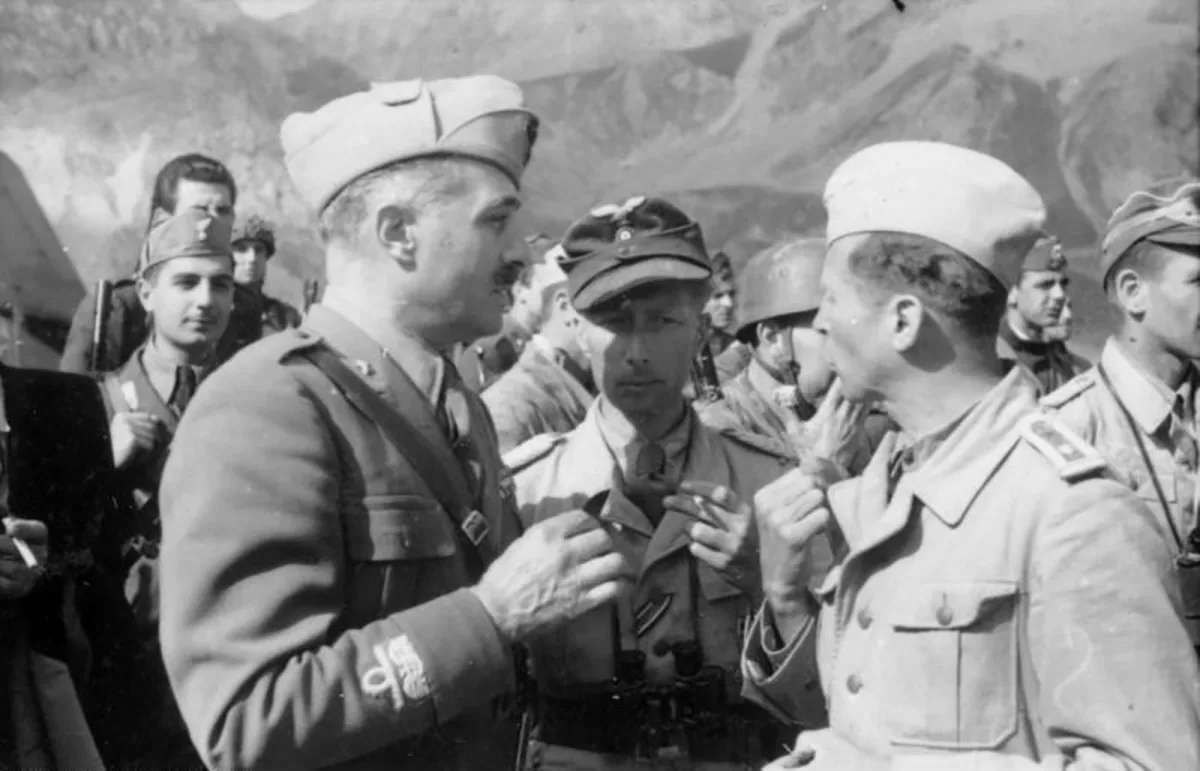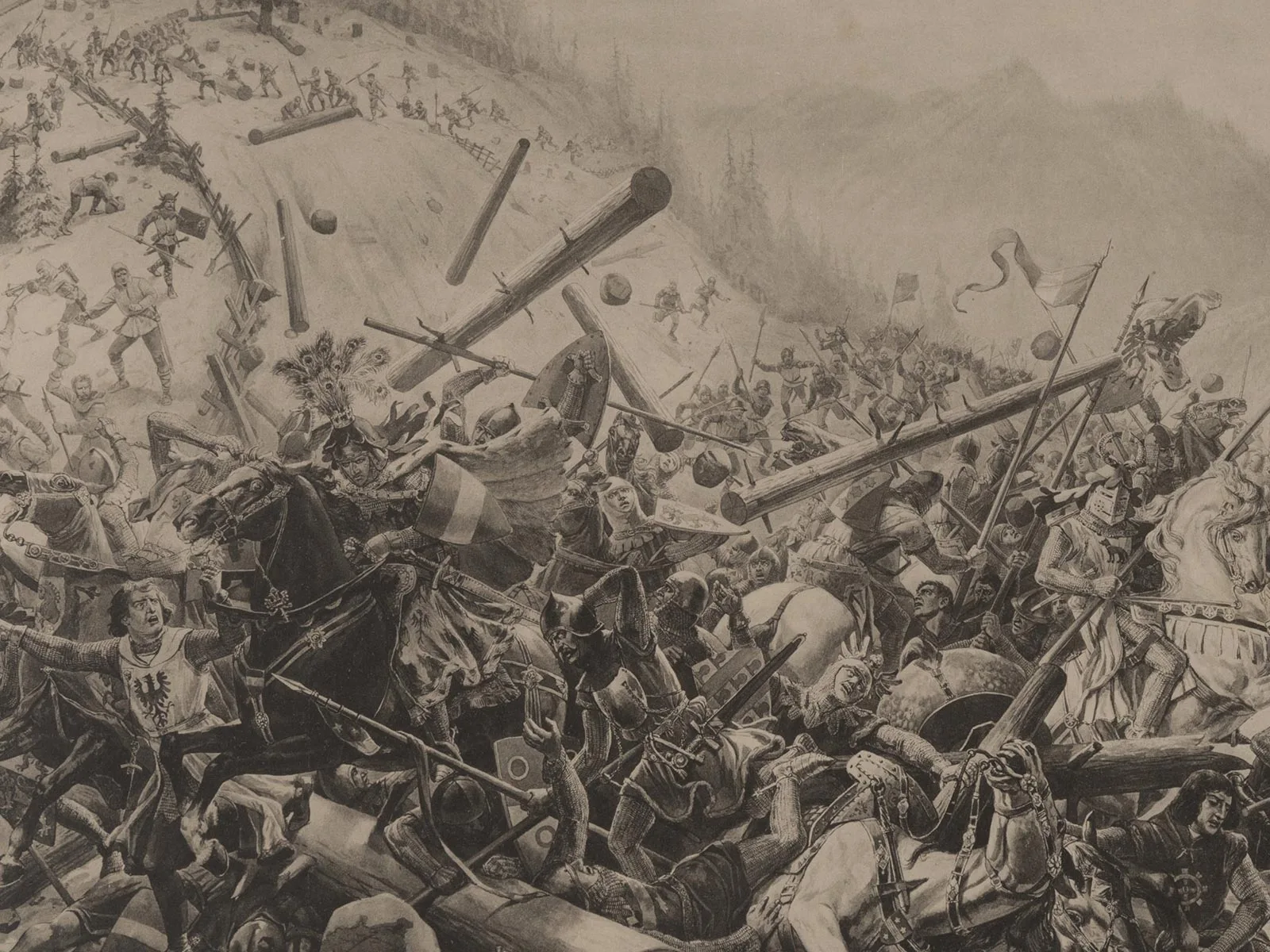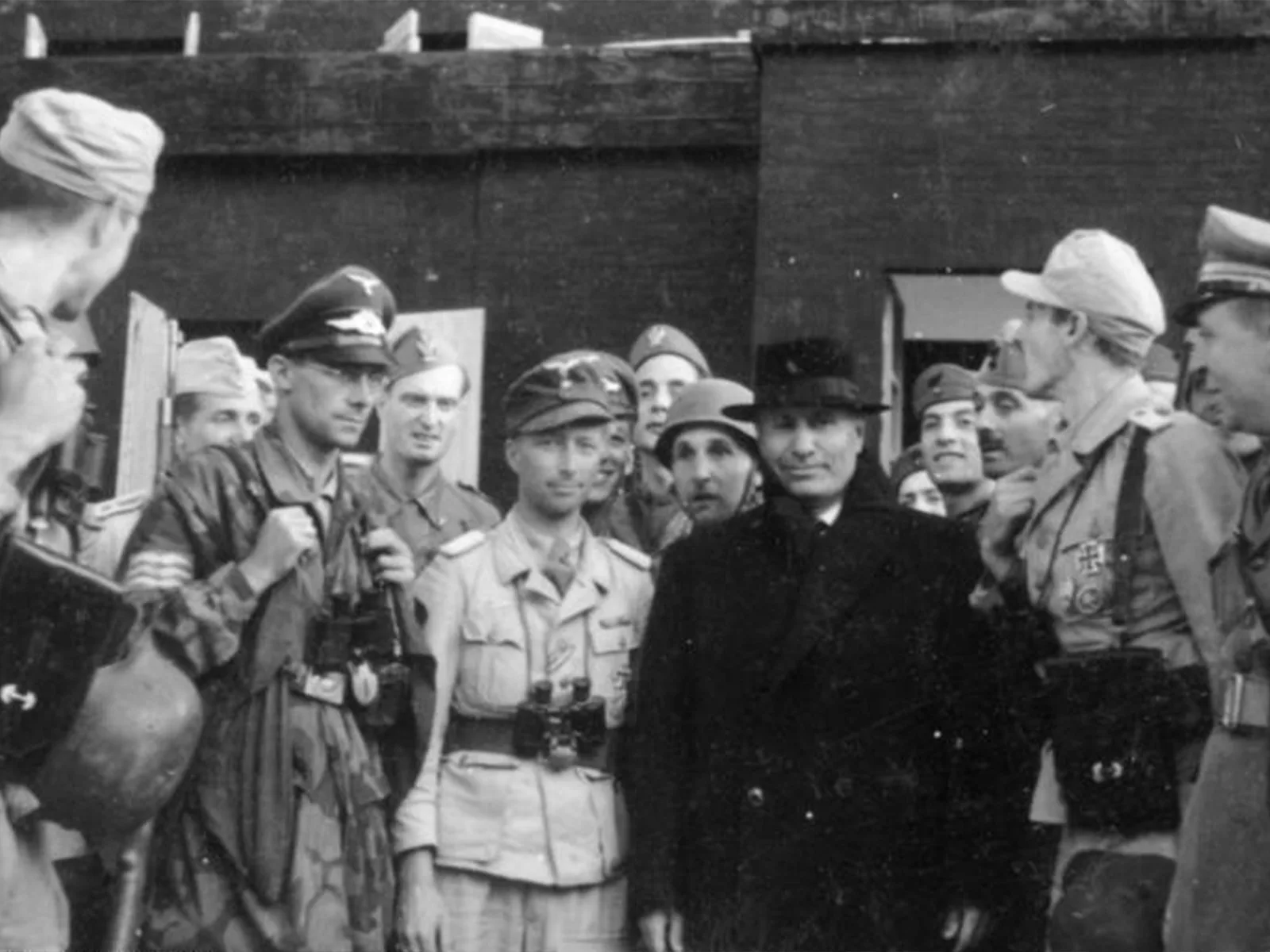
The rescue of Benito Mussolini: the real story and its Swiss connection
On 12 September 1943, a German commando raid liberated deposed dictator Benito Mussolini from the hotel in the Italian mountains where he was being held. The SS claimed the credit for the momentous operation, however it was actually a German major with Swiss roots who led the mission.
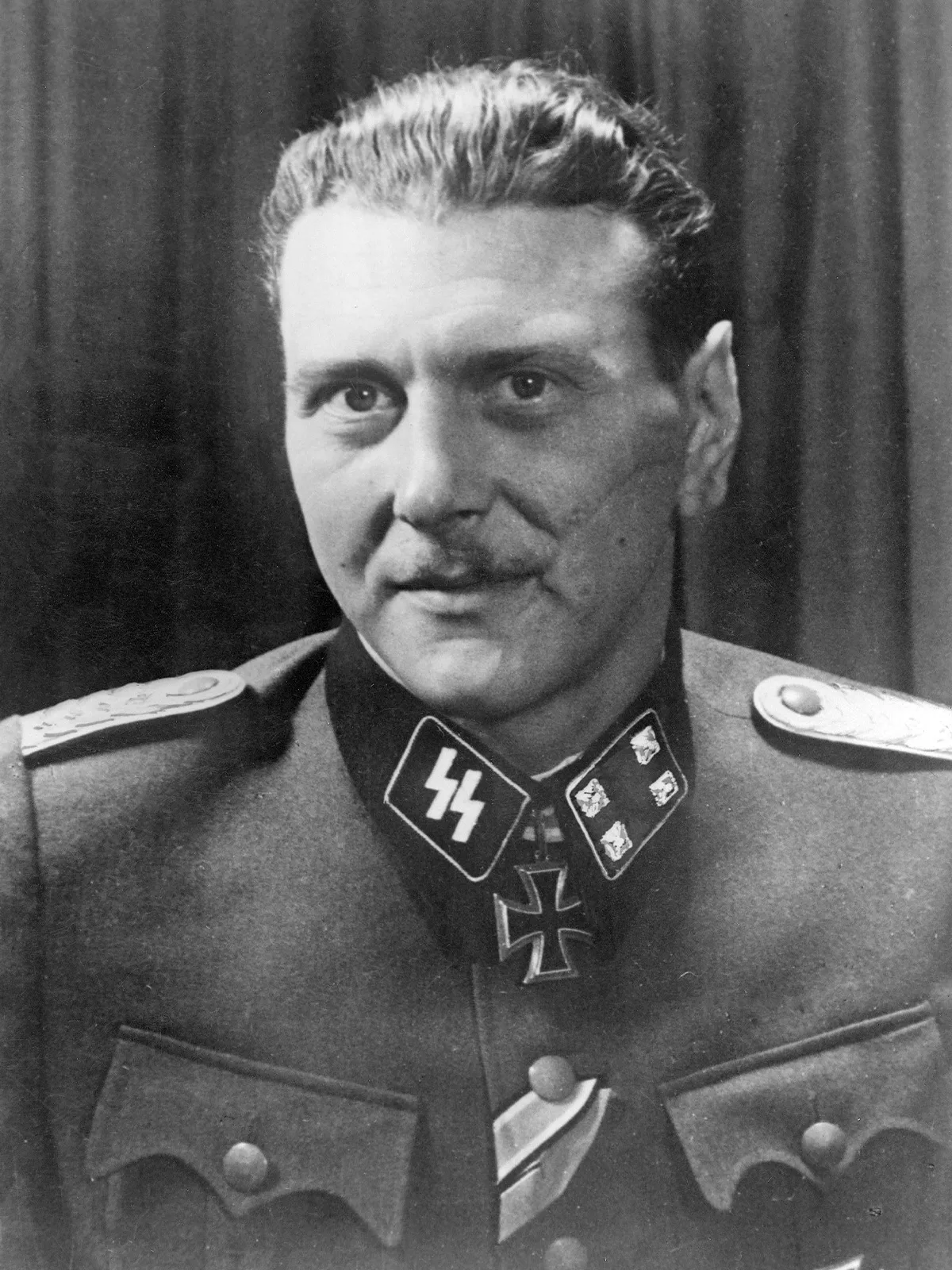
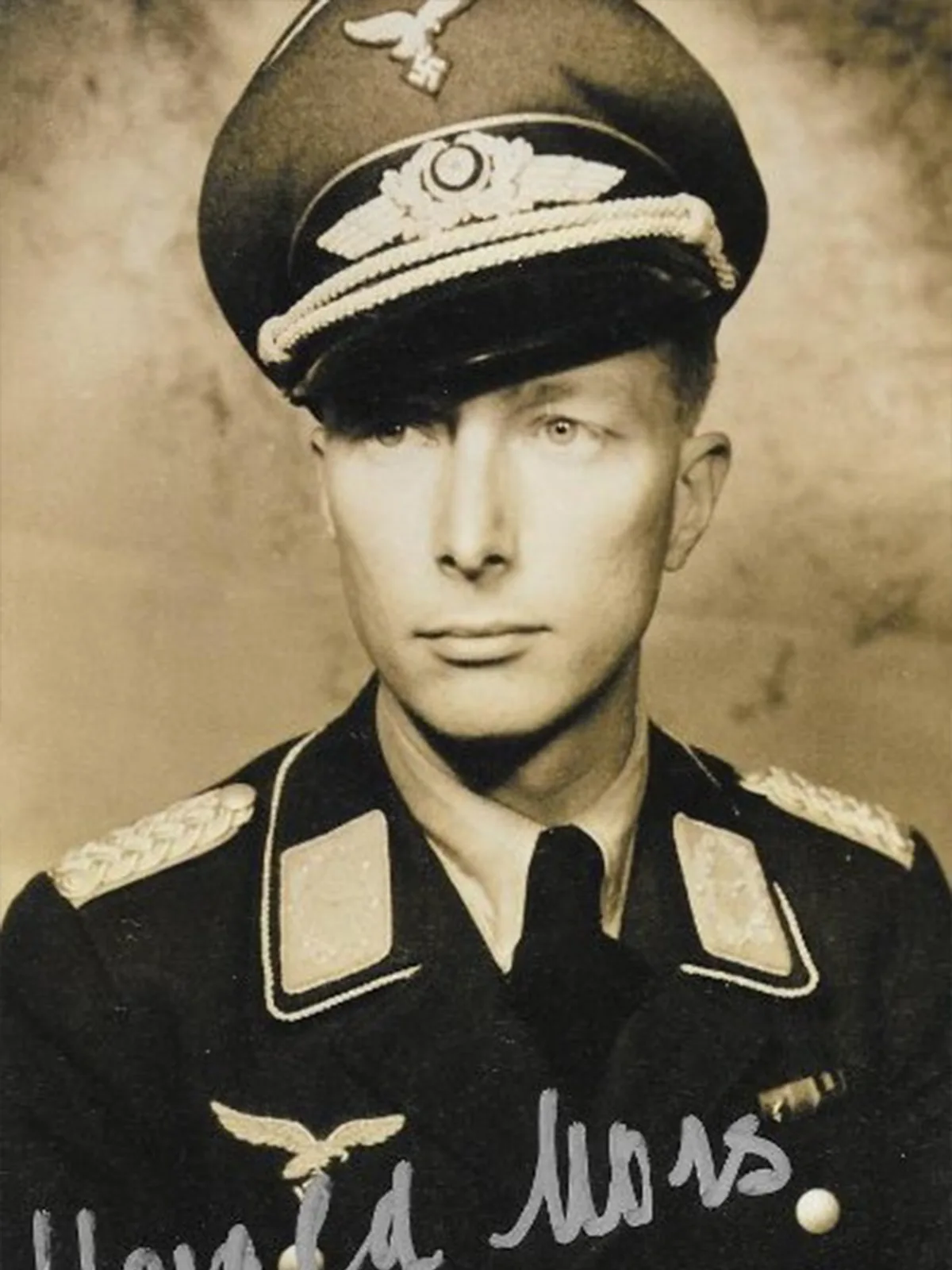
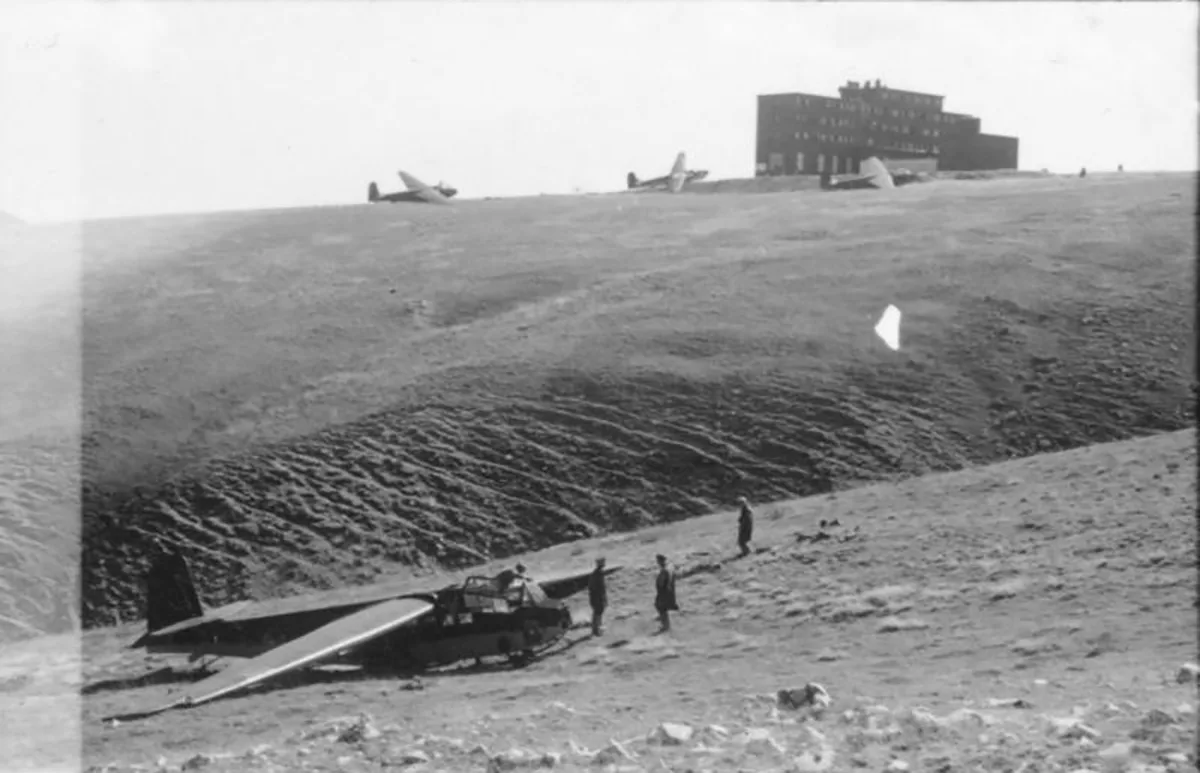
Propaganda documentary from September 1943 on the rescue of Benito Mussolini. Harald Mors appears in it several times. Archivio Luce / YouTube

